Essay Help on Literature
Essay Help on Literature
Literature in a broad context is any single meaning representation of written work. It was writing considered to have an artistic or intellectual benefit and deploys words in a way that is different from ordinary usage. Literature has life giving power that readers enjoy in the way of trying to gain a sense of them. It tries to bring peoples thoughts together since they read the same texts. Any form of literature work has the power to nourish any form of mediation anyone one has ever found and a mode of assimilation and tries to make us up. Different forms of literature try to bring and create the same environment using different words and styles. Same themes are explored in various writing materials using different representations of events. In appreciation for literature, a person can transcend what surrounds them through literacy, drawing personal strength and looking upon those who surround them. The power of words is used demonizing and criticizing the world and brings out the noblest and strong responses after role humanity never started on a brick age but with words, bitter and hateful words, words are the actual life and can separate the essence of life and death. In this paper, how different styles and wording have been used to bring out the same meaning and the representation of various themes will be depicted. (Essay Help on Literature)

Theme representation of different literature work
In a comparison of two essay works that draw their referencing from various novels, the use of the different representation of the same themes is portrayed. They all talk about humanity, injustices, death, religion, sacrifice and self-identity. Considering the book, thief in the essay about dreams, it talks about a young who goes to stay with the foster parents after her mother is reprimanded and her father drawn to the army during the world war in Nazi German rule. Liesel in her life fights with the inability to find herself but with the help of the wife of the town’s mayor, Ilsa, who realizes her power for books helps her towards self-identity. Leisel steals several books from Ilsa’s house that seems not to care and afterward presents an empty book to Liesel that he writes her story on.
The young girl is taught how to read and write by her foster father and in appreciation for literature to depict the injustice, brutality, and inhumanity. It reflects the realities of the Nazi German rule that lead to the death, quote, “six million Jews millions others in gas chambers showing the immense of inhumanity and brutality. It is her dream to be able to call out to the world and try to change the prevailing situation using her word and creativity. Everyone around her dies while sleep with the bombing in the Himmel Street and this makes her desperate enough to drop her book which is picked up by death but finds refuge in Ilsa’s house and later her father. In this book, discrimination over the Jews is clearly shown, and any attempt to help a Jew was the bravest thing to do as seen by her foster father, Han. Han’s life was saved by a Jewish soldier during World War 1 who sacrificed his life and in a way to pay back Han gives refuge to the Jewish son, Max and is later punished. Although Liesel steals book to read she can realize the value of life and show it to the world which was her long term dream
For a person to achieve their dreams, a lot of effort and sacrifice is essential, insisting on the vision, overcoming the temptations and following your instincts. The essay on dream also talks about a book The Ocean at the end of the lane of a man who is in search of self-identity caused by the disconnection between adulthood and childhood. He uses flashback to recall events that took place when he was a boy; he faced fights with the supernatural being that gained access into the world after an Opal Miner steals his father’s car and later committing suicide at the backseat for gambling away with friends’ money. A coin became lodged in the writer’s throat which from a neighbor it was a spirit and needed to be bounded but on the travel necessary to bind it he lets go of Lettie’s hand and a warm lodges in his foot and in an effort to pull it a piece remains which later he realizes it was the spiritual being. The spiritual being finds its way into the boy’s home as the maid where it gains control over her sister and father.
Ursula the spirit, after seducing his father, causes the boy to be alienated from his family and is nearly killed by his father in a bath tab. The narrator remains locked up in his bedroom and somehow manages to escape to the Hempstock farm. The Hempstock negotiates with the spirit that does not believe that any harm can come to her but later by “hunger birds.” Since the narrator has a piece of warm in him, the Hunger birds insist on eating the narrator’s heart, and he is kept in the safety of the property, Ocean. The inhumanity arises when the hunger birds begin to eat his world to force him to come out the property. The narrator tries to sacrifice himself for others, but Lettie intervenes by jumping in between him and the Hunger birds which injure her and transform her into a different world. She is placed in the ocean behind their house where she is to rest until she returns to this world. The narrator has a fading memory of the past and doesn’t recall his visits to the house. The memories are caused his heart slowly growing back which was indeed eaten by the hunger birds. The theme of inhumanity, death, and sacrifices towards the realization of the value of life are represented differently from the book Thief but are meant to achieve similar goals of exploring the value of life.
In a comparison with the essay about Small Gods, the same are also seen but in a different perspective. The book involves a great god Om and his prophet Brutha who together they work to fight zealotry where humans are attached to strong religious, cultural or political beliefs and cannot tolerate other conflicting ideas. The god Om wants to be restored to his former glory and power, and they have to discuss the nature of these beliefs. The narrator is a humanist and the themes of the relationship between man and God, fate, the universe and death. The discussion with the unbelievers is somehow difficult but how can you question God’s existence when every he keeps smiting you when you deny and I quote “Gods don’t like that sort of thing,’ said the barman.’ We get that in here some nights when someones has had a few. Cosmic speculations about whether gods exist. Next thing there is a bolt of lightning through the roof with a note wrapped on saying “yes, we do.”
In this text, death falls in love with humanity, and at some points, the god Om quits his job and becomes preoccupied with the fate of lack of power and believers; he seems to be in a fight for self-identity. However, the journey of the God proceeds with humanity becoming a great concern to him, and at some point, he asks questions of justice and fairness. In one scenario he begs the Sea Queen not to drown a ship full of people, and she tries to understand the concept and I quote,’ Sounds like a human idea to me, they are inventive, I will grant you. But what I meant is they have done nothing to deserve it. “Deserve? They are human, what does deserve got to do with it?’ Om has to concede that since he was not thinking like a god.
From a distant Om hears a whisper which is terrible and deity from the wind, a man slowly goes to his knees as death approaches in the desert of the afterlife. It is prophet Brutha who has seen the ugly side of humanity. He has gone through cruelty and brutality in the hands of humans he looked upon and the holy text he had dedicated his all life too. Besides all these, Brutha has the heart to forgive and still believe by letting the cycle of events breakdown violence and find his life instead of turning harsh and bitter. Actually, he realizes his strength in his weaknesses. Back in the desert of the afterlife, Brutha finds his enemies broken, defeated on the sand but instead Brutha takes the hand of his former torture and lifts him up and I quote,’ he was a terrible person. He died a hard death. So maybe. A queen can forgive her vanquished foe. It is not easy; it does not count if it is easy, it is the hardest thing. Forgiveness. Which is where love and justice finally meet? Peace, at last’.
All contexts in this paper also portray the religion or spirituality, Max the Jewish in the book Thief talks about the life of every creature. Max says that every living creature stays a life because it has a secret behind the life I quote,” in my religion we are taught that every living thing, every leaf, every bird is only alive because it contains the secret word for life. That is the only difference between and a lump of clay. A word, Words are life.” In the book Ocean at the End of the Lane, spiritually comes in a broader way, the people in supernatural beings that can find their way into the human world and gain control over them. The book on Small Gods also portrays religion in a different perspective; the narrator says that everything we encounter in life represents a small God. The Om God is reduced inside the body of a tortoise, and it is hard to convince people of his existence and power due to the belief that a God is mighty. Every book tries to bring out the same theme, but in a different perspective, this shows how words are used differently in literature from the standard meaning to achieve the same goal and create the same atmosphere and mediation in the minds of readers. You think the same with the same attitude and mood with the writer. (Essay Help on Literature)
Use of different situations and styles to achieve the same goal
Different circumstances and techniques have been used to achieve the same purpose every writer has his level of creativity and preference of the style to use. In the Book Thief, the narrator is the character in the story is told in a first person perspective to bring out her experience of inhumanity, Death, colonialism, self-identity. The book, The Ocean at the End of the Lane applies the use flashback to reconnect the narrator’s adulthood and childhood. The memories reflect life experience at childhood depicts the themes of brutality, sacrifice, self-identity and religion. The book Small Gods uses symbolism, where God Om is represented in the body of a tortoise to bring the authors message that everything we meet in life is a small god and there is need to practice humanity, justice, and fairness. (Essay Help on Literature)
Work Cited
Tuckman, Bruce W., and Brian E. Harper. Conducting educational research. Rowman & Littlefield Publishers, 2012.






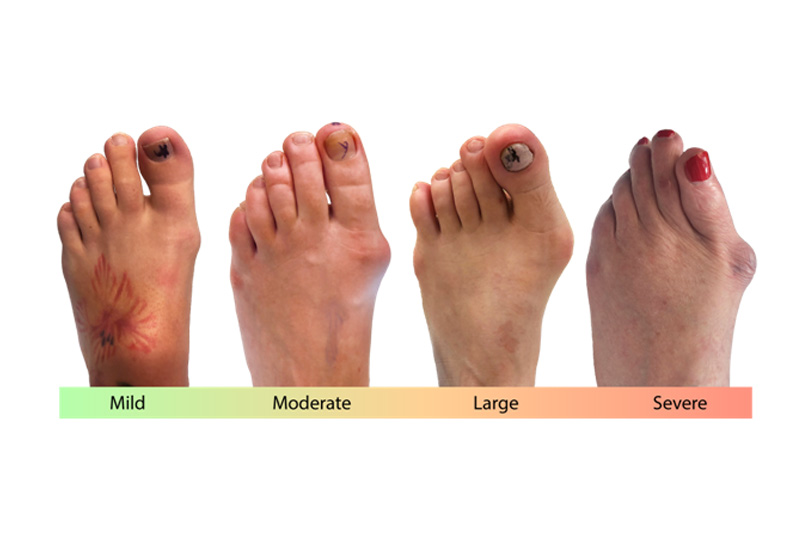



 Causes
Causes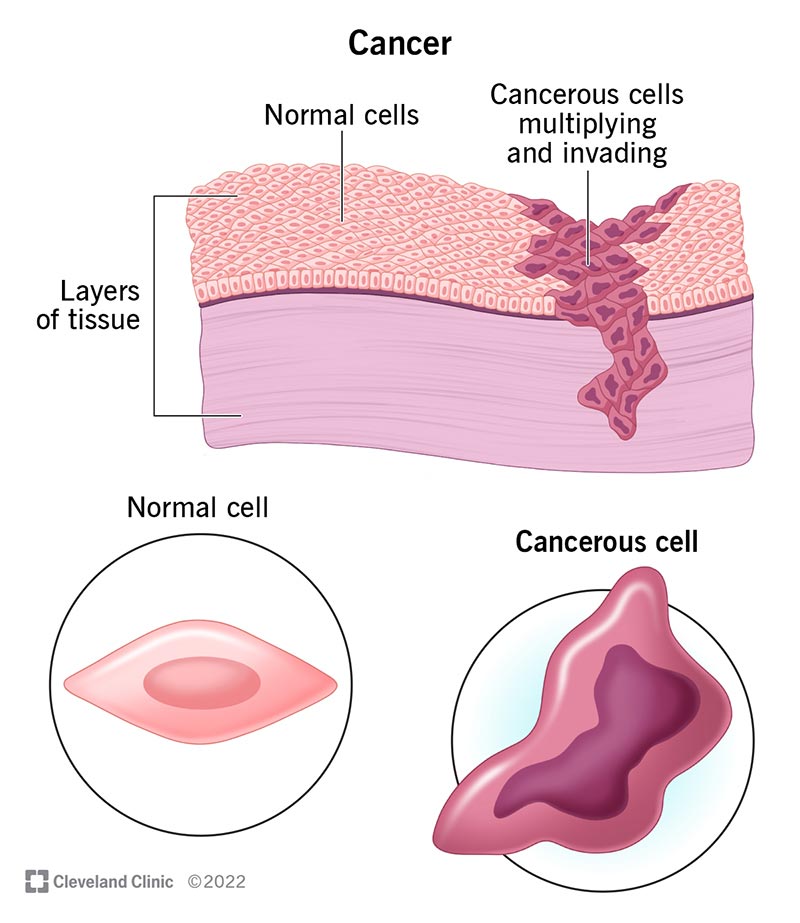

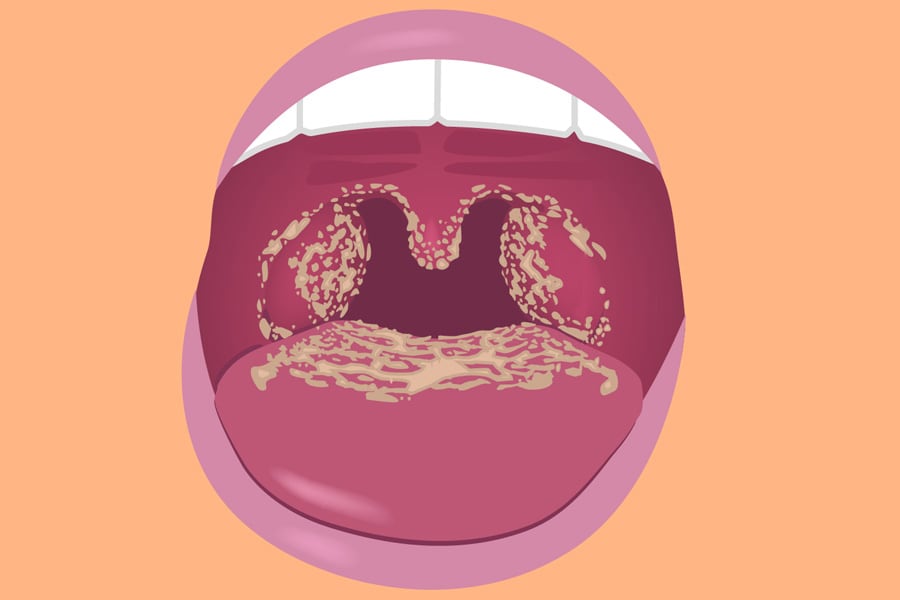
:max_bytes(150000):strip_icc()/VWH-JessicaOlah-CommonSymptomsofCarbonMonoxidePoisoning-Standard-460087eaa2ad4058af35e4606caabe07.jpg)
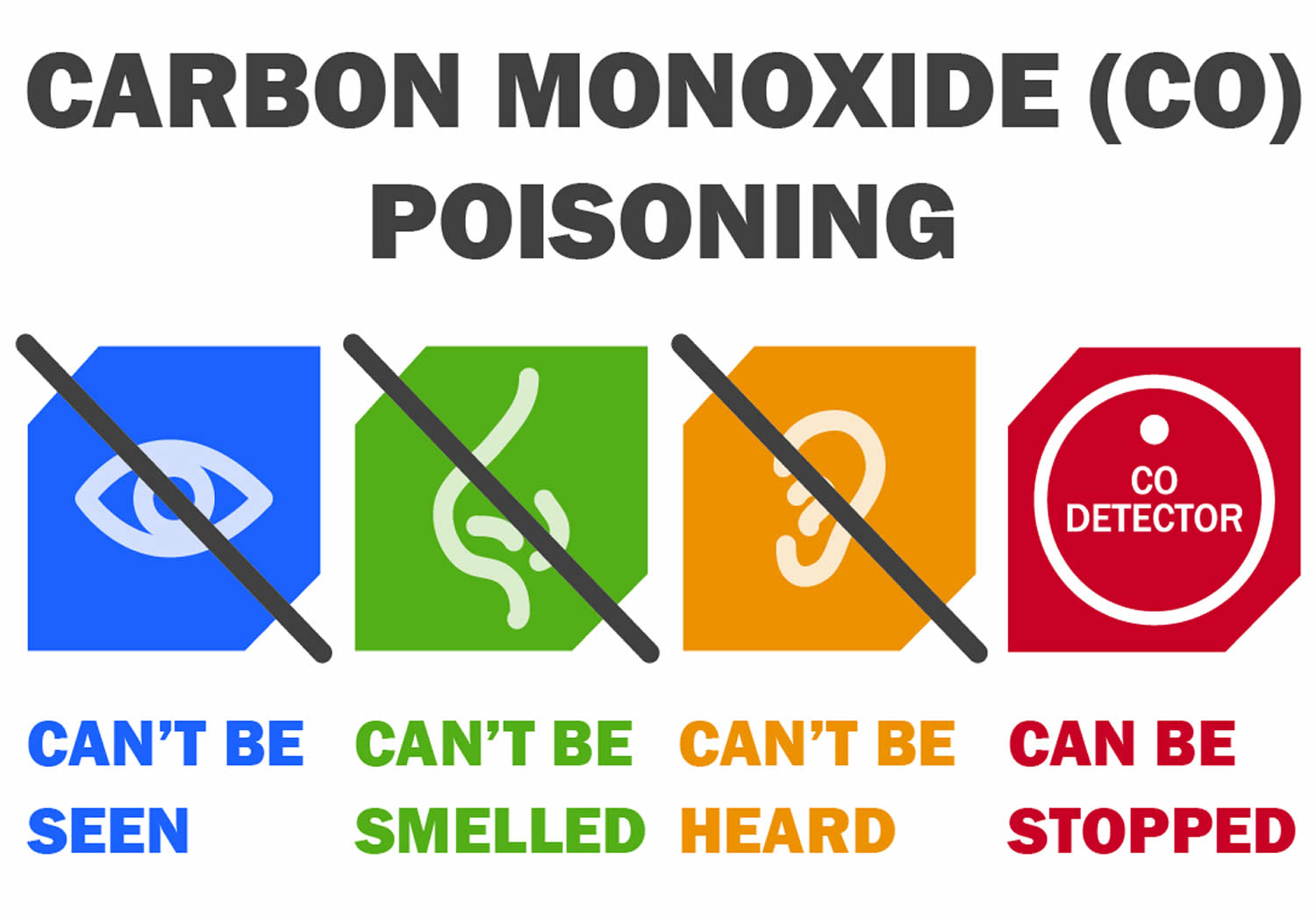
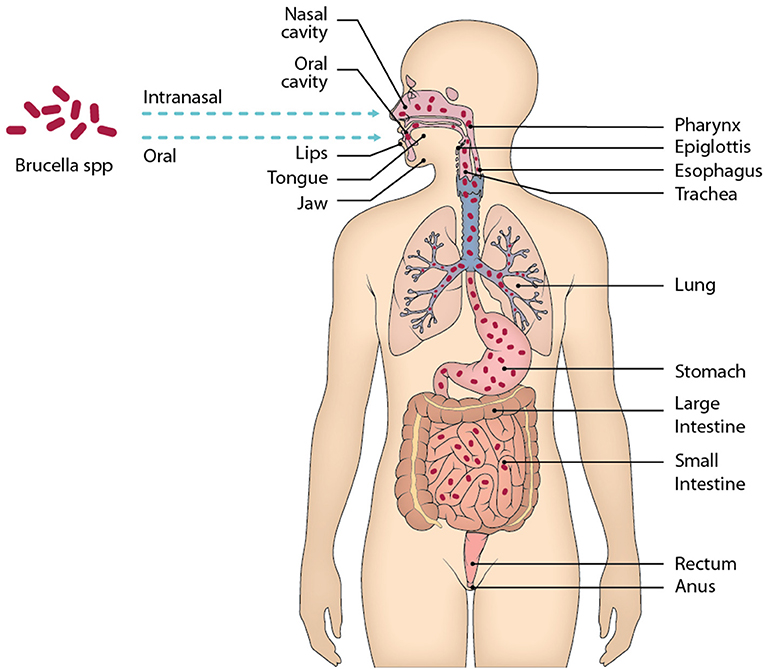
:max_bytes(150000):strip_icc()/what-is-botulism-4142153-FINAL-e8e26c264c8e4e55a73f560fdd87c420.gif)


